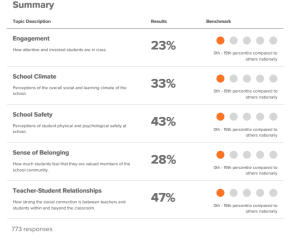Girls in STEM
The improvement of careers in science, technology, engineering and mathematics (STEM) is critical when it comes to the development of the United States and as President Obama says; there is much untapped potential in the around 50.8 percent of U.S. citizens.
Since the comment made by Obama in February of 2013, the percent of women in the science and engineering workforce has increased, but they still remain underrepresented. According to the National Girls Collaborative Project, women make up half of the total U.S. college-educated work force, but only 29 percent of the science and engineering workforce.
However, studies show that female interest in STEM doesn’t start this low. Research by Generation STEM shows girls are extremely interested in STEM careers. The American Association of University of Women says high school boys and girls perform equally well in math and science. In fact, high school girls earn more math and science credits than boys do as well as their accumulated math and science GPA’s being higher than boys.
So why is there a noticable difference in the amount of women versus men in STEM fields? Studies show girls tend to lose interest in STEM around middle school.
One of the reasons for a lack of interest is the outdated stereotype that boys are better than girls at STEM. When aware of this stereotype, girls tend to perform much more poorly than boys do whereas when told there is no gender difference affecting their abilities, they perform equally. Some say this be due to the fact that girls internalize the information and end up doubting their abilities when there is no difference.
Despite the fact that society is fairly more progressive than it was 96 years ago when the 19th Amendment allowed women to vote, our society still carries subtle traces of gender inequality. It may be simple things like not picking a girl for a team in gym class or teasing a girl by telling her she isn’t good at math.
There are little things that can be easily done every day to combat such. Encourage young girls to ask questions and solve problems. Encourage positive self image. Get the word out about STEM opportunities. Be supportive. Not every girl has to be interested in STEM, just as every boy doesn’t. However, let’s do our best to make pursuing STEM equal for those who do.








